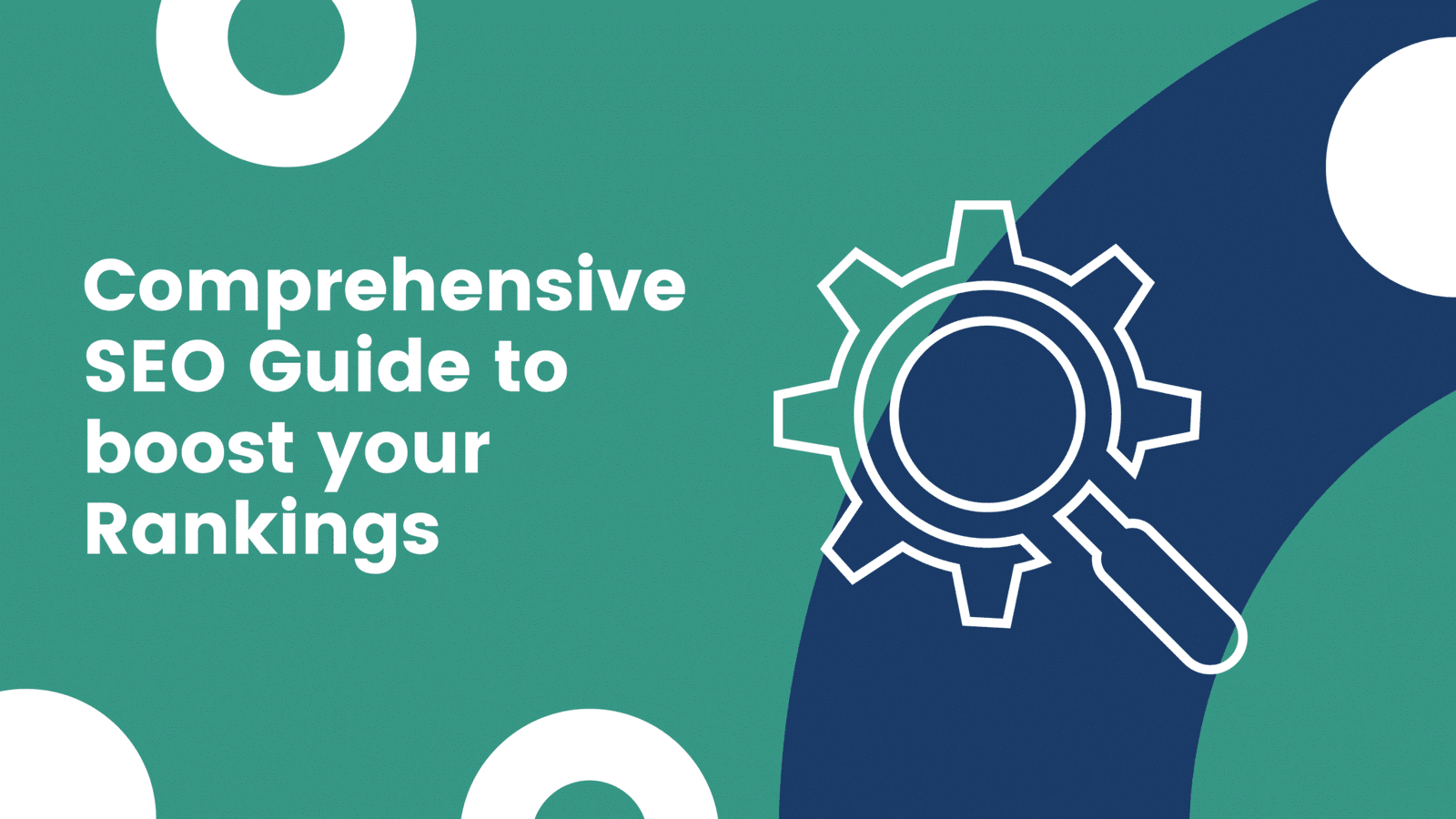Mastering SEO Ranking API: Boost Your Website's Visibility
SEO Ranking API has become an essential tool for businesses and digital marketers aiming to improve their website's visibility on search engines. As the digital landscape becomes increasingly competitive, understanding and utilizing SEO Ranking API effectively can make all the difference. This article will provide an in-depth exploration of SEO Ranking API, covering its importance, functionality, and best practices.
In today's digital age, search engine optimization (SEO) is no longer just an option but a necessity for businesses. It is the foundation upon which online success is built. One of the critical components of SEO is monitoring and analyzing your website's ranking, and this is where SEO Ranking API comes into play.
This article will serve as a comprehensive guide to SEO Ranking API, covering everything from its basics to advanced strategies. By the end of this article, you'll have a clear understanding of how SEO Ranking API works and how you can leverage it to enhance your website's performance on search engines.
Read also:Paula Patton Mother Exploring The Life And Legacy
Table of Contents
- What is SEO Ranking API?
- Importance of SEO Ranking API
- How SEO Ranking API Works
- Benefits of Using SEO Ranking API
- Choosing the Right SEO Ranking API
- Integrating SEO Ranking API
- Optimizing SEO Ranking API
- Tracking and Analyzing Results
- Common Mistakes to Avoid
- Future of SEO Ranking API
What is SEO Ranking API?
SEO Ranking API refers to a specialized application programming interface designed to monitor and analyze website rankings on search engine results pages (SERPs). It provides businesses and marketers with real-time data on how their websites perform in terms of search engine visibility.
By leveraging SEO Ranking API, users can gain insights into their website's position for specific keywords, track competitors, and identify areas for improvement. This tool is instrumental in developing data-driven SEO strategies.
Key Features of SEO Ranking API
- Real-time ranking data for multiple keywords
- Competitor analysis and benchmarking
- Customizable reporting and analytics
- Integration with other SEO tools
Importance of SEO Ranking API
In the realm of digital marketing, SEO Ranking API plays a crucial role in ensuring that websites maintain and improve their search engine rankings. Without proper monitoring, businesses risk losing valuable organic traffic and potential customers.
Search engines like Google frequently update their algorithms, making it essential to stay informed about changes and adapt accordingly. SEO Ranking API provides the necessary tools to stay ahead of these changes and optimize your website effectively.
Why Businesses Need SEO Ranking API
- Enhances visibility on search engines
- Improves organic traffic and conversions
- Provides actionable insights for SEO strategies
- Helps monitor and outperform competitors
How SEO Ranking API Works
SEO Ranking API operates by sending automated queries to search engines to retrieve ranking data for specific keywords. This data is then processed and presented in a user-friendly format, allowing businesses to analyze their website's performance.
The process involves several steps, including keyword selection, data collection, analysis, and reporting. By automating these tasks, SEO Ranking API saves time and ensures accuracy in data collection.
Read also:Lana Lang Annette Otoole Exploring The Iconic Character And Her Legacy
Steps in Using SEO Ranking API
- Select target keywords for monitoring
- Set up automated queries for real-time data
- Analyze ranking trends and competitor performance
- Generate reports for strategic decision-making
Benefits of Using SEO Ranking API
Implementing SEO Ranking API offers numerous advantages for businesses looking to enhance their online presence. Some of the key benefits include:
- Improved accuracy in ranking data
- Time-saving through automation
- Enhanced competitor analysis capabilities
- Increased ROI from SEO efforts
By leveraging these benefits, businesses can develop more effective SEO strategies and achieve better results in terms of search engine rankings and organic traffic.
Choosing the Right SEO Ranking API
With numerous SEO Ranking API options available, selecting the right one can be challenging. It's essential to consider factors such as functionality, ease of use, pricing, and customer support when making your decision.
Some popular SEO Ranking API providers include SEMrush, Ahrefs, and Moz. Each offers unique features and benefits, so it's important to evaluate your specific needs before choosing a provider.
Factors to Consider When Choosing SEO Ranking API
- Functionality and features offered
- User interface and ease of use
- Cost and pricing models
- Customer support and resources
Integrating SEO Ranking API
Once you've selected an SEO Ranking API provider, the next step is to integrate it into your existing workflows. This involves setting up API keys, configuring settings, and connecting with other SEO tools and platforms.
Integration ensures seamless data flow between systems, enabling you to access ranking data and analytics from a centralized location. This streamlines your SEO efforts and improves overall efficiency.
Steps for Integration
- Obtain API keys from the provider
- Configure settings and preferences
- Connect with other SEO tools and platforms
- Test integration for accuracy and functionality
Optimizing SEO Ranking API
To get the most out of SEO Ranking API, it's crucial to optimize its usage. This involves setting up custom dashboards, configuring alerts, and utilizing advanced features such as historical data analysis and trend forecasting.
By optimizing your SEO Ranking API, you can gain deeper insights into your website's performance and make more informed decisions about your SEO strategy.
Tips for Optimizing SEO Ranking API
- Create custom dashboards for key metrics
- Set up alerts for significant ranking changes
- Utilize historical data for trend analysis
- Explore advanced features for deeper insights
Tracking and Analyzing Results
Once your SEO Ranking API is up and running, the next step is to track and analyze the results. This involves monitoring ranking trends, evaluating competitor performance, and assessing the effectiveness of your SEO strategies.
Regular analysis helps identify areas for improvement and ensures that your SEO efforts remain aligned with your business goals.
Best Practices for Tracking and Analysis
- Set clear goals and KPIs for tracking
- Monitor ranking trends over time
- Evaluate competitor performance regularly
- Adjust strategies based on analysis findings
Common Mistakes to Avoid
While SEO Ranking API is a powerful tool, there are common mistakes that businesses should avoid to ensure its effectiveness. These include over-reliance on keyword rankings, neglecting competitor analysis, and failing to integrate with other SEO tools.
By being aware of these pitfalls, businesses can avoid common errors and maximize the benefits of SEO Ranking API.
Mistakes to Watch Out For
- Over-reliance on keyword rankings
- Ignoring competitor analysis
- Failing to integrate with other SEO tools
- Not setting clear goals and KPIs
Future of SEO Ranking API
The future of SEO Ranking API looks promising as advancements in technology continue to enhance its capabilities. Emerging trends such as AI-powered analytics, voice search optimization, and personalized search results are expected to shape the evolution of SEO Ranking API.
As businesses strive to stay competitive in the digital landscape, staying informed about these trends and leveraging them effectively will be key to success.
Conclusion
In conclusion, SEO Ranking API is an invaluable tool for businesses aiming to enhance their search engine visibility and organic traffic. By understanding its functionality, benefits, and best practices, you can harness its power to develop effective SEO strategies.
We encourage you to take action by implementing SEO Ranking API into your workflows and exploring its features to improve your website's performance. Don't forget to share your thoughts and experiences in the comments section below, and explore other articles on our website for more insights into digital marketing and SEO.

